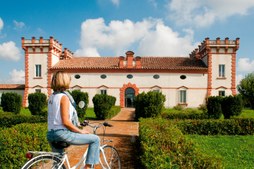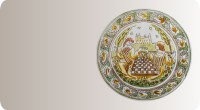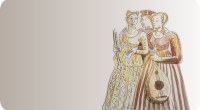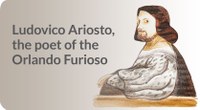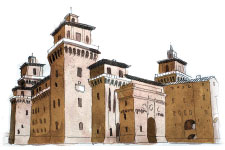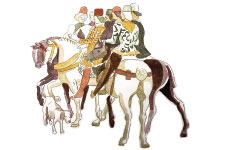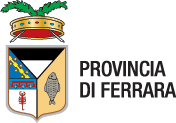The landscape of the Delizie
Palazzo Schifanoia was built in 1385 by Alberto V d’Este, but it was Borso d’Este, marquis and then duke of Ferrara, who commissioned its current appearance to “schivar la noia” or avoid boredom, an expression referring to its role as a venue for entertainment and recreation. It is one of the few remaining architectural expressions of country houses known as Delizie Estensi.
Commissioned by the Dukes of Este, these lavish villas, recognised as World Heritage Sites by UNESCO, were a network of noble residences dotted all around the Ferrara area. Built on waterways, they acted as centres of political, economic and military control; they often had large gardens, rooms decorated with works by artists of the era and even game reserves to entertain noble guests.
As well as Palazzo Schifanoia, located within the city walls, the province also boasts refined and elegant Delizia di Benvignante in Argenta (not open for visits), Delizia del Verginese (Portomaggiore), which became a ducal residence under Alfonso I d’Este, Delizia di Belriguardo (Voghiera), the richest and most sumptuous, and Castello di Mesola (Mesola), a cross between a fortress and a villa. Other Delizie include 15th-century Villa della Mensa in Sabbioncello San Vittore, Delizia della Diamantina in Vigarano Pieve, Delizia di Fossadalbero, prestigious Delizia di Zenzalino in Copparo and Palazzo Pio in Tresigallo – these latter villas can only be seen from the outside.
